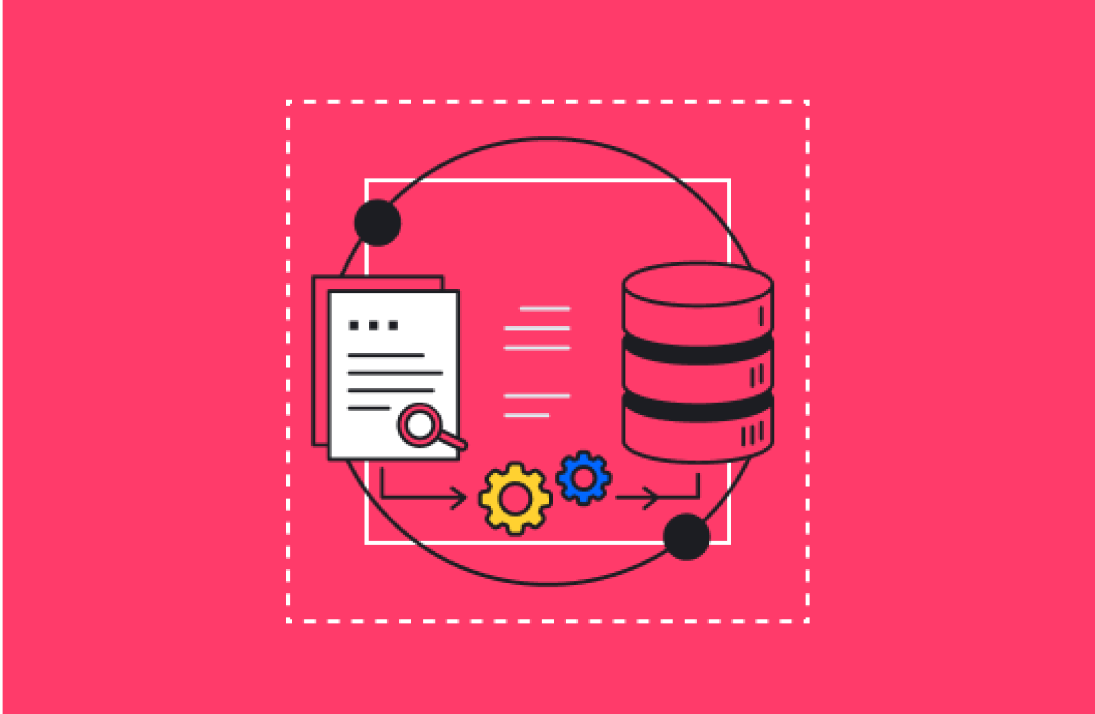If you're like most businesses, you're always looking for ways to improve your go-to-market (GTM) team's performance. You may have already started your GTM strategy by identifying your target audience, developing a value proposition, and outlining your marketing and sales strategies. But if you aren't empowering your GTM team with WebOps, you could be missing out on key opportunities.
If you've worked with any web-based applications, you may have already heard of WebOps. Here, we'll explore how it works and provide three examples of what it can do for your GTM team.
What is WebOps?
WebOps is the practice of managing and operating web-based applications, so they deliver the best possible experience to users. It also refers to an intersection of core business operations, such as marketing, sales, and web disciplines.
There are three primary goals of WebOps:
- Efficiency: Minimize waste by automating tasks wherever possible.
- Reliability: Ensure that systems stay up and running.
- Scalability: Scale systems to meet the needs of users, customers, and the business.
The ultimate goal of WebOps is to ensure the end-user—usually the customer—has an optimal experience.
How WebOps Helps Your GTM Team
WebOps can help your GTM team in multiple ways, but everything WebOps does is designed to help you engage with customers and close sales more effectively. For example, you can use a WebOps platform to automate lead capture and qualification, but you can also use it to automate customers’ interactions with your company and make them more efficient.
WebOps helps you ensure that your website is running as quickly and efficiently as possible. This is integral to improving customer satisfaction, reducing errors, and generating business through digital sales channels.
Finally, like revenue operations (RevOps), WebOps can help your marketing, sales, and IT teams collaborate more effectively. By providing a common platform for all team members to share information and collaborate on tasks, WebOps can help break down silos within your organization and improve communication between teams.
Now that we've explored what WebOps is and how it can benefit your GTM team, let's look at three specific examples:
1. Automating Marketing and Sales Processes
In many businesses, the marketing and sales departments are siloed. Marketing creates content that draws in leads, then they send those leads to sales. The sales team then attempts to convert those leads into customers, but often without any context as to how they entered their sales journey in the first place.
This process can be cumbersome and lead to wasted time and resources.
WebOps can help break down these silos by automating the marketing process using web-based applications, websites, and digital platforms that are integrated with the rest of the business.
For example, you can develop web-based applications to automate the lead capture and qualification process. By automatically capturing leads from your website and qualifying them based on predetermined criteria, you can streamline the process of getting new leads into the hands of sales.
You can also automate email marketing campaigns, which can help you reach a larger audience more quickly and efficiently than if you were doing it manually.
2. Optimizing Web Performance
A key goal of WebOps is to optimize the performance of your websites.
As a collaborative process, WebOps can help you identify and fix problems with your website before they harm the customer experience. You can even use input from every sector of your business to develop your website, ensuring it is optimized to customers' needs and contexts.
Additionally, a robust WebOps strategy allows you to track the performance of your website based on key KPIs. This helps you see how changes (such as new content or design updates) impact your site's overall speed and usability, or how they impact the rest of your business.
3. Improving Collaboration between Departments
WebOps provides a common platform for all team members to share information and collaborate on tasks. This can be especially beneficial for businesses with siloed departments, such as marketing, sales, and IT.
By breaking down these barriers and improving communication between teams, WebOps can help improve the efficiency and effectiveness of your GTM strategy. It can also empower your teams to resolve issues that challenge your users and customers.
For many businesses, this is perhaps the most defining feature of WebOps. The strategy brings the rest of the business in on the production of websites, applications, and customer-facing portals. Instead of your IT teams developing digital assets using guesswork, they can collaborate with the rest of your team to deliver a product that is both effective and efficient.
Put WebOps to Work for Your Business
WebOps can help your GTM team in many ways, but you can apply it to many aspects of your business. It improves collaboration between departments by providing a common platform for all teams to share information and collaborate on tasks, which makes it a powerful strategy for SaaS businesses and software development companies.
Do you have any questions about WebOps or how it can help your GTM team? Contact us today to learn more.






